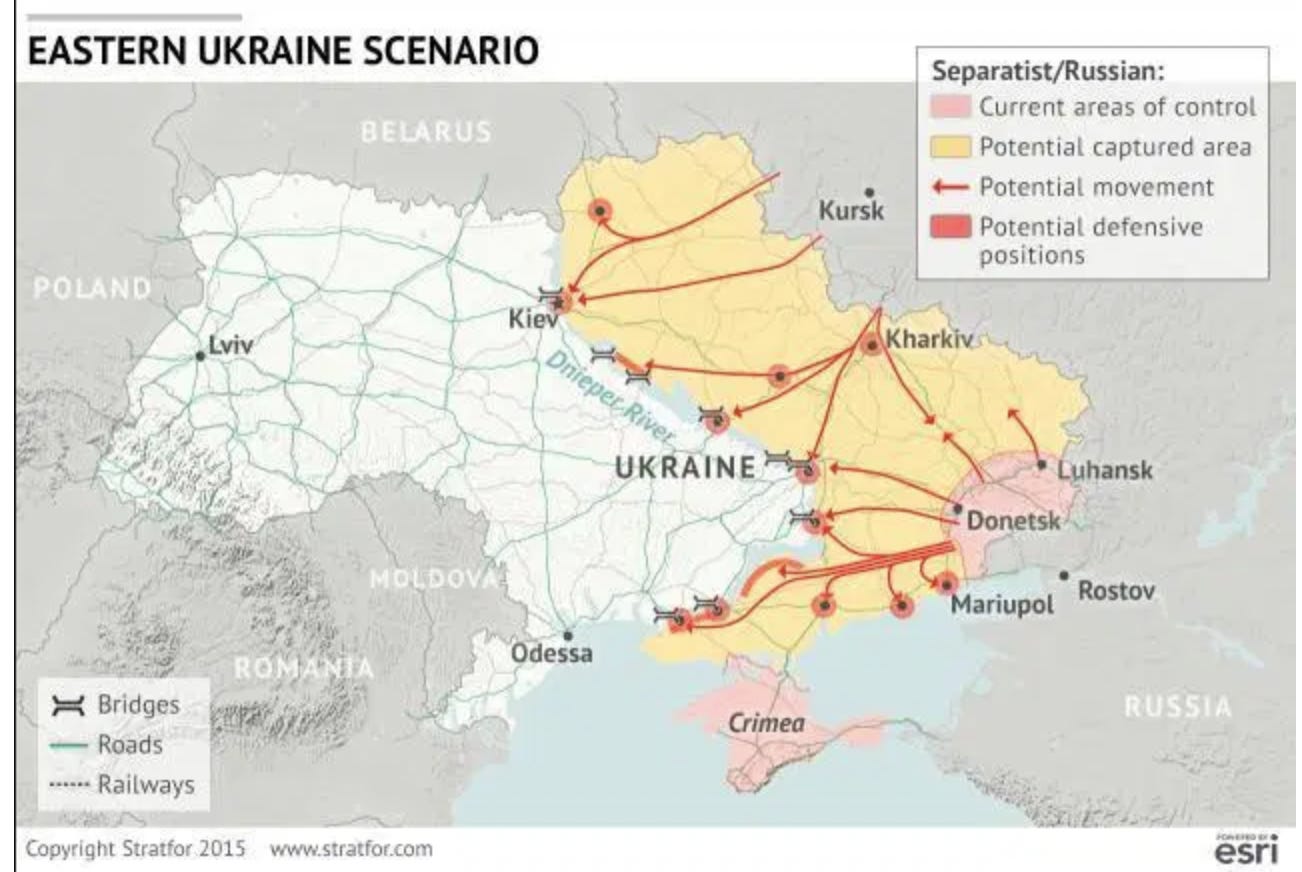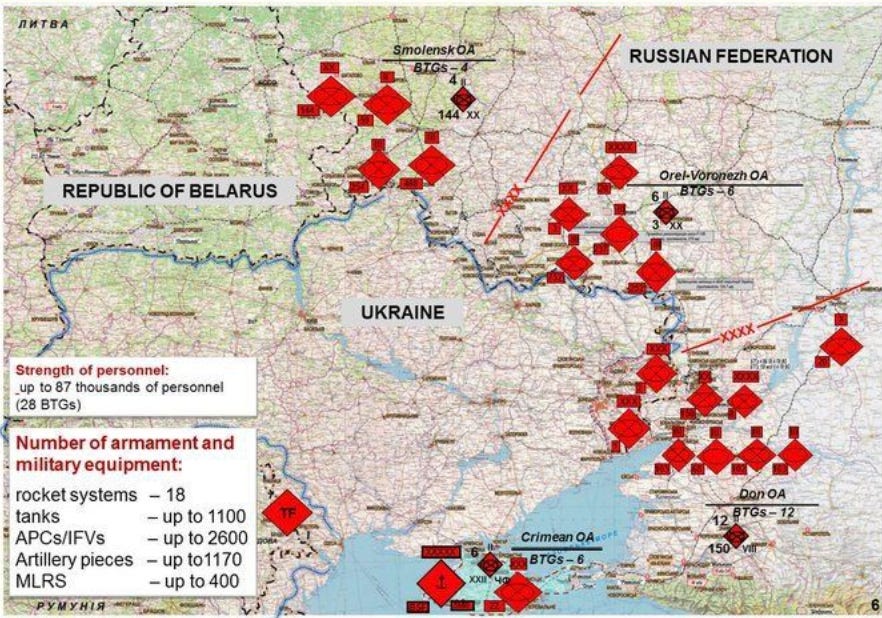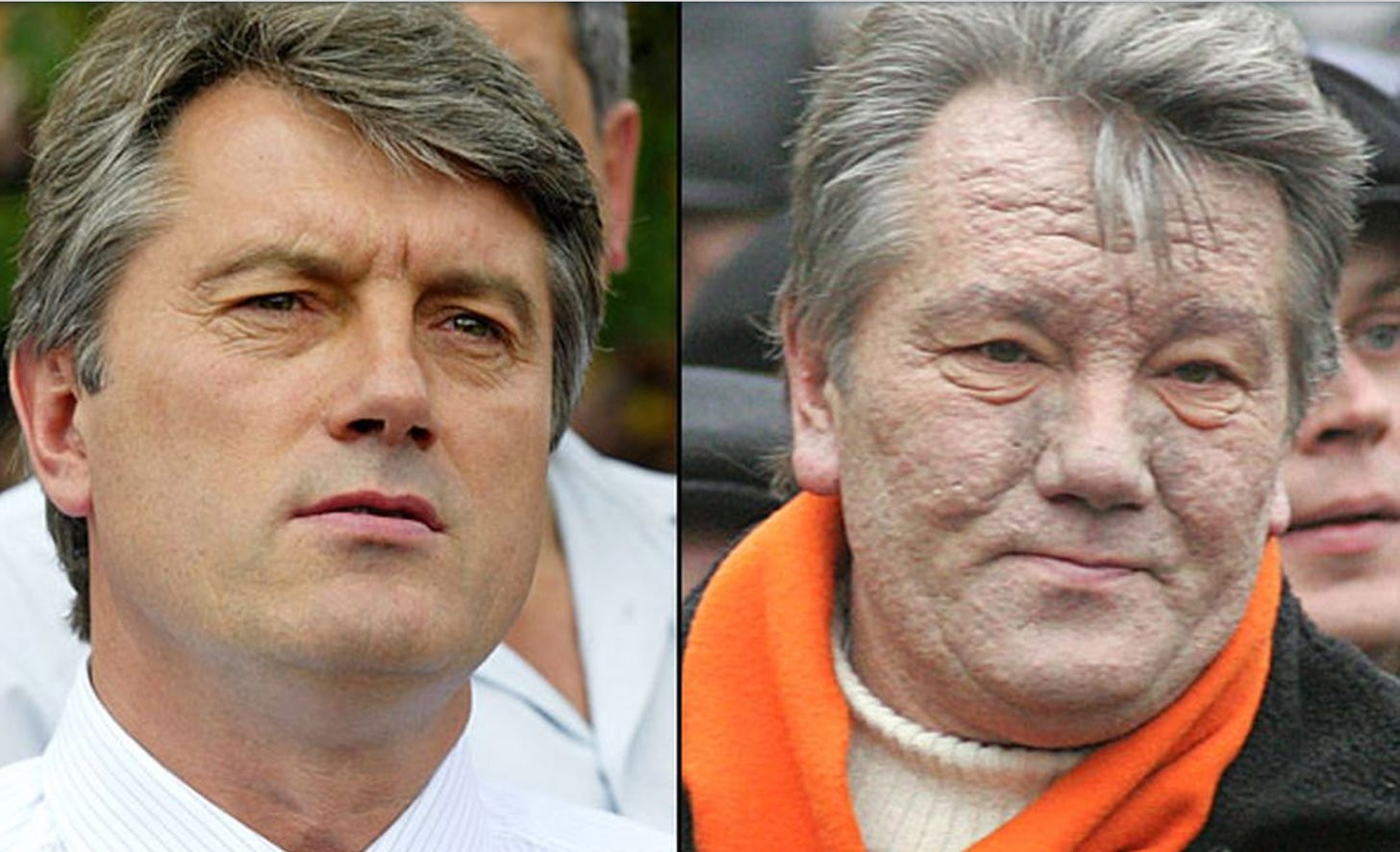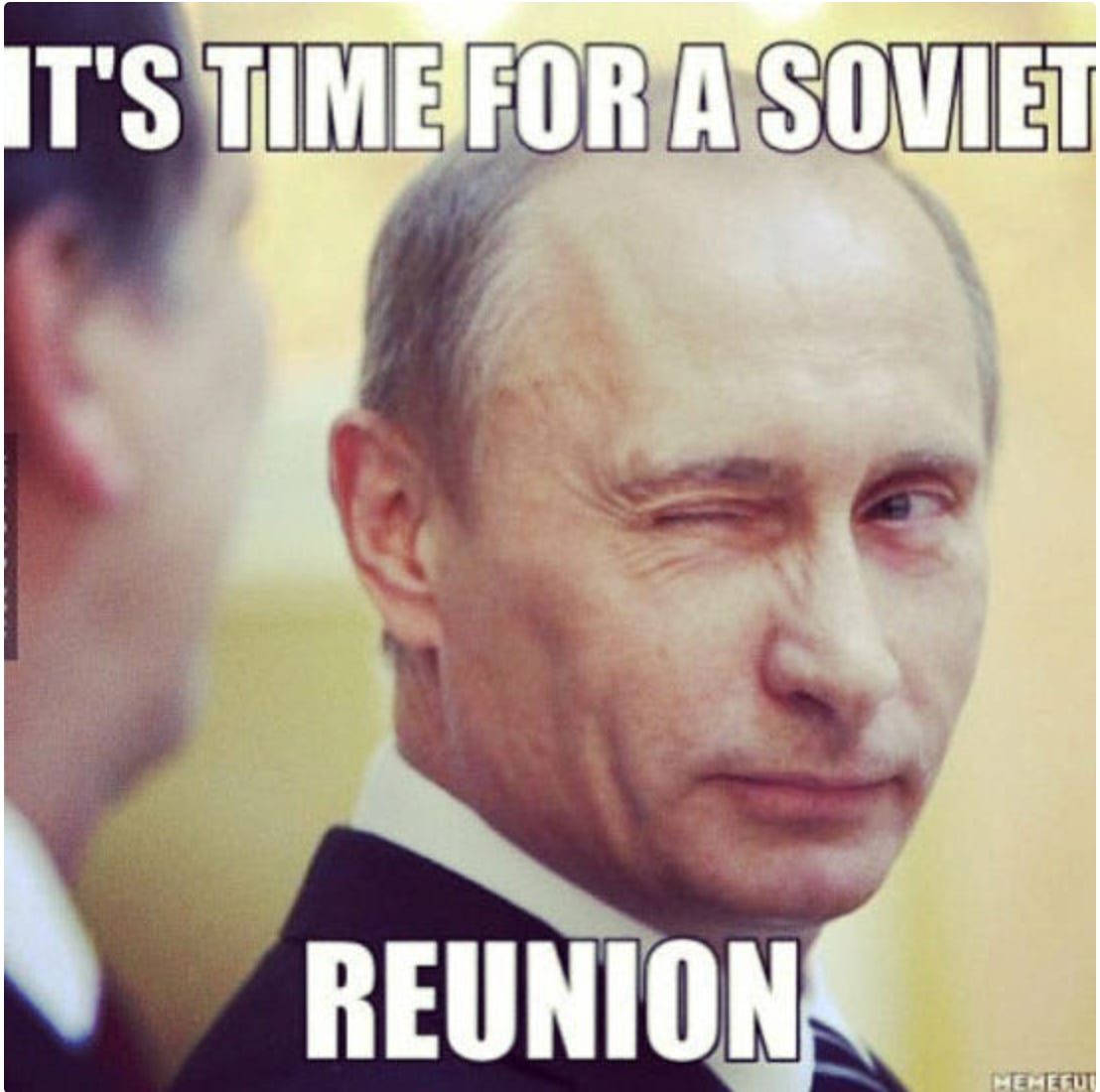Tomorrow, August 24, 2021, is the 30th anniversary of Ukraine’s independence from Russian tyranny -- an event that everyone in the West should acknowledge and toast for two reasons. Ukraine’s gutsy declaration of independence was the blow that finished off the Soviet Empire because it was the Empire’s Silicon Valley and breadbasket. And since 2014, after Russia re-invaded portions of Ukraine, the country has protected Europe’s easternmost wall by building one of Europe’s strongest armies. It still remains in peril, but Ukrainians are resolute.

My first trip to Ukraine was in February 1992 after the Soviet Union was dismantled. Kyiv was cold and gray. People were impoverished but happy to be out from under the Russian boot. Since then, I have been there dozens of times as a journalist, raised funds for various causes, and co-founded the Canadian-Ukrainian Chamber of Commerce. I have written about and supported anti-corruption efforts as a newspaper columnist and a Non-resident Senior Fellow with the Eurasia Center at the Atlantic Council in Washington, D.C. To me, geopolitically, Ukraine is the line in the sand in the Cold War 2.0 against Vladimir Putin.
But as Ukrainians gather to celebrate their Independence Day, Vladimir Putin rankles. Since April, the country has been surrounded on three sides by Russian troops and tanks, and warships. Since 2014, the Russian-Ukrainian War has continued, killing 14,000, displacing 1.4 million, and destroying its industrial heartland. But Ukrainians have firmly held the line for seven years.
Ukraine has struggled for years because, unlike Poland and other satellite nations, it made the mistake of not joining the European Union. This allowed Russia, in concert with the country’s entrenched, Soviet-style elite, to remain in control and to impede economic development.
In 1995, I helped launch a financial newspaper in Kyiv with a friend, Toronto lawyer Bob Onyschuk, and Ukrainian partners. It was profitable within months, then was stolen by thugs with baseball bats working for a Ukrainian oligarch who seized its assets and terrorized the staff. At the time, the country began to fully descend into the Russian model: Journalists were muzzled, went missing, or were murdered and “privatizations” of the country’s assets were given away to oligarchs.
By contrast, Poland and the Czech Republic, and others were taken under the wing of the Europeans who helped them eradicate corruption and reform their institutions. As a result, their living standards are ten times higher.
Thankfully, Ukraine’s civil society pushed back twice — the Orange Revolution in 2004 and the Revolution of Dignity in 2014. These were massive peaceful protests that overthrew crooked regimes and accelerated reforms. In 2004, I covered this revolution where one million people gathered for weeks in Kyiv lighting candles at night to demonstrate against a rigged election. Tents and portable soup kitchens were set up by volunteers, the atmosphere was joyous and buskers entertained the enormous crowds. A stage had been erected where the beautiful, braided Yulia Tymoshenko and her political partner, Viktor Yushchenko, rallied spirits nightly even though he was recovering after being poisoned by Russian agents during the election.
The Supreme Court overturned the results and ordered another election. A reform government was elected, but corruption overwhelmed their efforts. By 2010, a Putin puppet, named Viktor Yanukovych, who had rigged the 2004 election, became president, thanks to fraud and a make-over by Paul Manafort (yes, Donald Trump’s campaign chair in 2016). Yanukovych stole an estimated $100 billion in four years and stripped Ukraine’s army of its equipment to pave the way for Russia’s re-occupation. When he fled, the country had only 6,000 active troops, roughly the size of the Philadelphia police force.
In December 2013, Yanukovych announced Ukraine would reject an offer to join the European Union and join Russia instead. The streets of Kyiv exploded again. This became known as the Revolution of Dignity and a gigantic siege in the city’s square, the Maidan, lasted throughout the winter months as Ukrainians fought for Europeanization. It ended when snipers shot 100 peaceful protesters and massive crowds threaten to march on the President’s palatial estate. Yanukovych fled to Moscow and Manafort to the United States.
Rapid elections were staged, then Russia invaded. Plans had been drawn up to annex the eastern half of Ukraine, to the Dnieper River and Kyiv, an area the size of Germany. Instead, Putin ended up with territory the size of Latvia — in the east and Crimea.

Ukraine’s people united to repel an all-out invasion. The diaspora sent money and supplies. Farmers with hunting rifles went to the front, militias formed, veterans left their jobs to fight, volunteers provided food and ambulances and tech-savvy Ukrainians created drones, radar systems, and a website to crowd-source funds to repair tanks and buy medicine, tents, and other supplies. This was Ukraine’s finest hour, a nation-saving rescue equivalent to the Dunkirk evacuation in 1940 when a flotilla of small boats prevented Allied forces from being slaughtered by the Nazis.
Since 2014, Ukraine has defended Europe against a revanchist Putin whose dream is to restore the Soviet Union with its former Republics and European satellite countries. With help from NATO members and the United States, Ukraine now supports a military force of 255,000 active soldiers, 900,000 reservists, and 88,000 paramilitary forces. This is bigger than the armies of France, Britain, or Germany where per capita incomes are $44,995, $46,344, and $51,860 respectively, compared to Ukraine’s $3,984.
Ukraine is also cleaning up its act and has eliminated electoral fraud and established a national police force, an anti-corruption court, and an independent central bank. In 2019, truly free elections were held which delivered a landslide vote for anti-corruption candidate Volodymyr Zelensky and a reformist parliament.
Since then, Putin has squeezed harder. He has declared that Ukraine’s membership in the European Union and/or NATO are his “red lines”. But Ukraine is undeterred and defiant, hoping to join both alliances and take its place as a prosperous, free European nation. Already, several million Ukrainians now work in the European Union under its generous visa system.
Putin’s saber-rattling won’t dampen Ukraine’s 30th birthday celebrations nor will it derail its heroic journey. So tomorrow raise a glass and toast “Slava Ukraini,” or “Glory to Ukraine.” I certainly will. Europe, and the world’s democracies, owe Ukrainians that and much, much more.
My newsletters will arrive in your inbox Monday and Thursday mornings
IMPORTANT: When you sign up please add dianefrancis@substack.com to your contact list or the newsletter will be blocked by your spam function.






Diane, this is the main reason why I subscribe to your newsletter. It is your support for Ukraine. It is comforting to know Western journalists like yourself will stand up for Ukraine and counter Russian agit-prop and Russian imperialism with authentic, democratic truths. Congrats to Ukraine for fighting the good fight for 30 years. You are Europe’s beacon from the eastern darkness.
Dear Diane, Thank you so much! As an Ukrainian-American, I value your support for Ukraine so much. My parents fled the Soviets after WWII. Ukraine is such a highly cultured and educated country with a rich history. Can you imagine if the money that was spent on a country like Ukraine? A country that never asks for boots on the ground. Support from the west will ensure not only security for Ukraine for the all of western Europe. I hope Ukraine is never left behind.